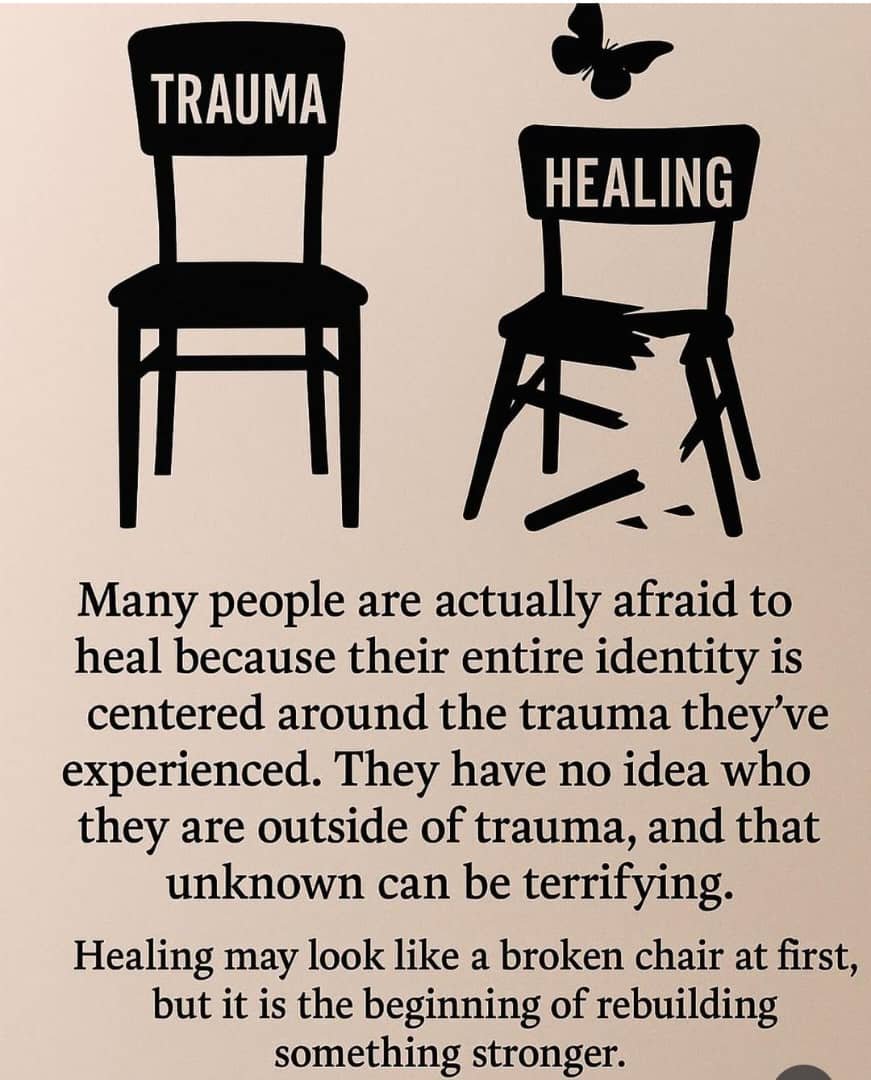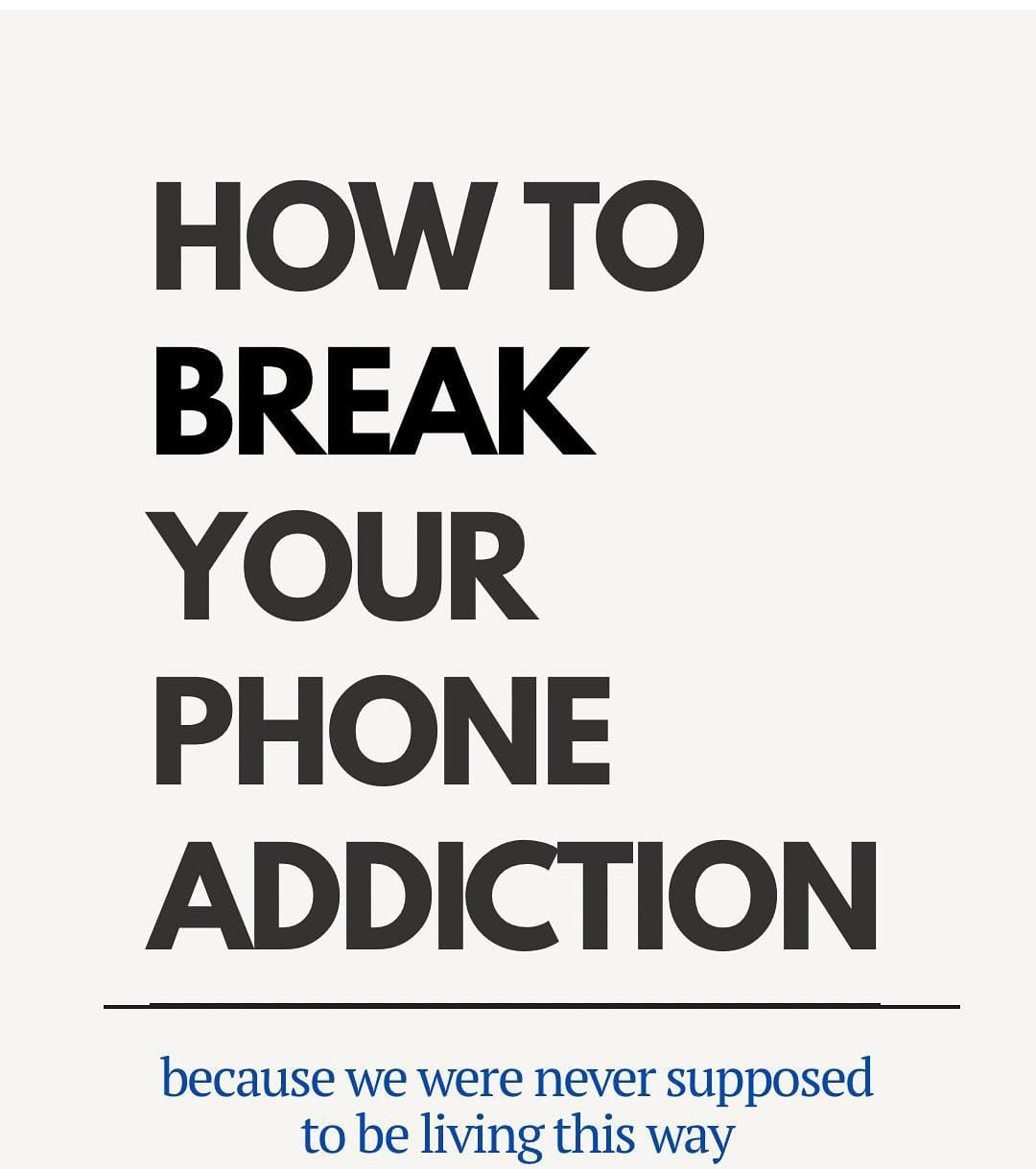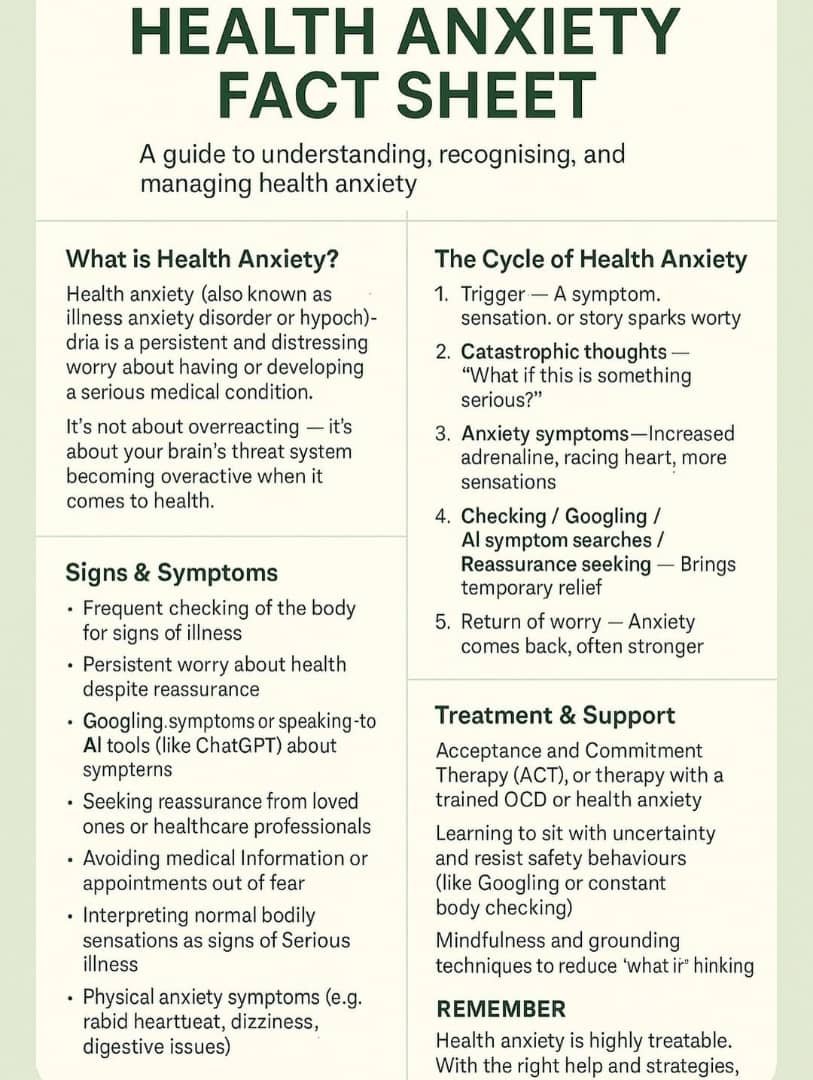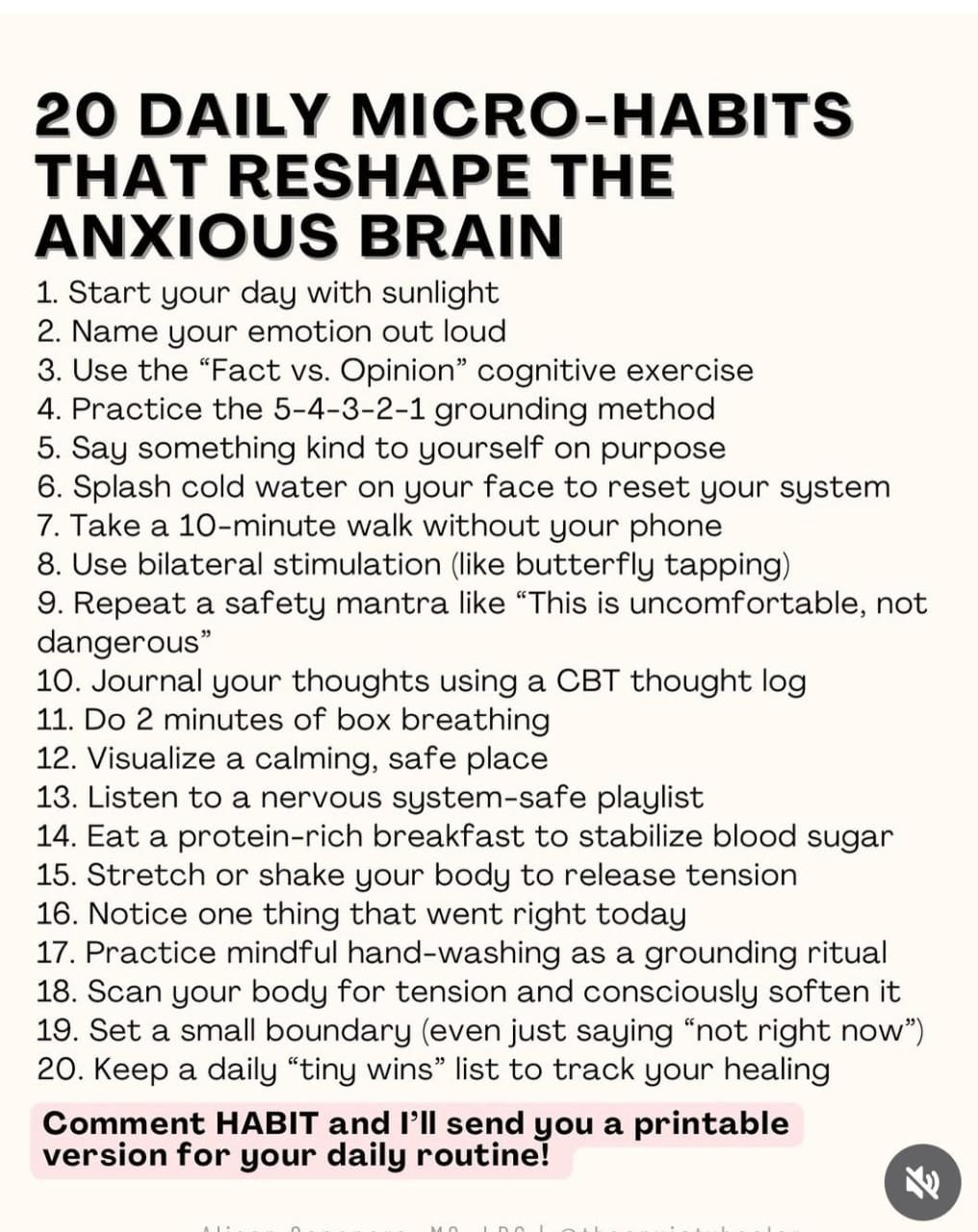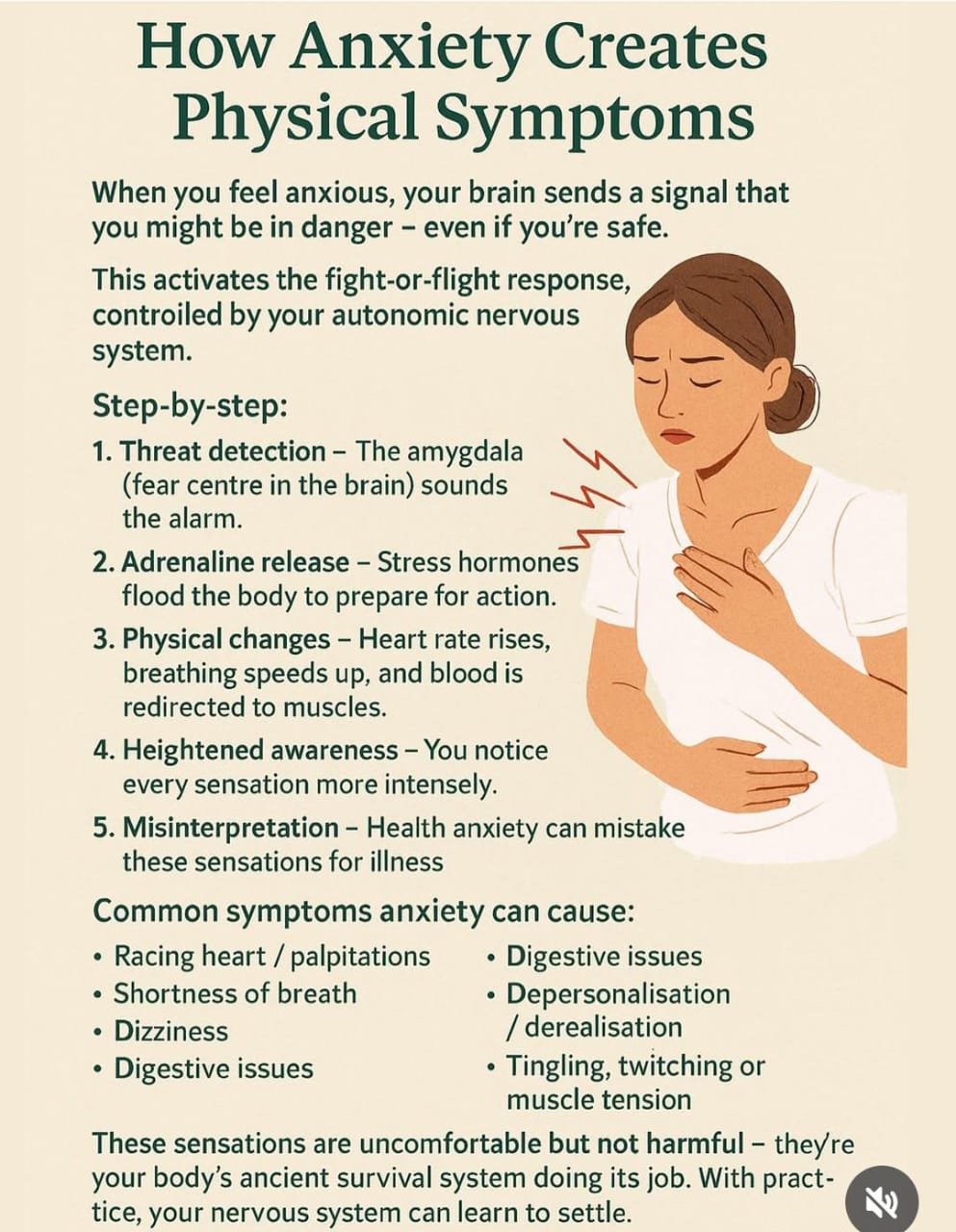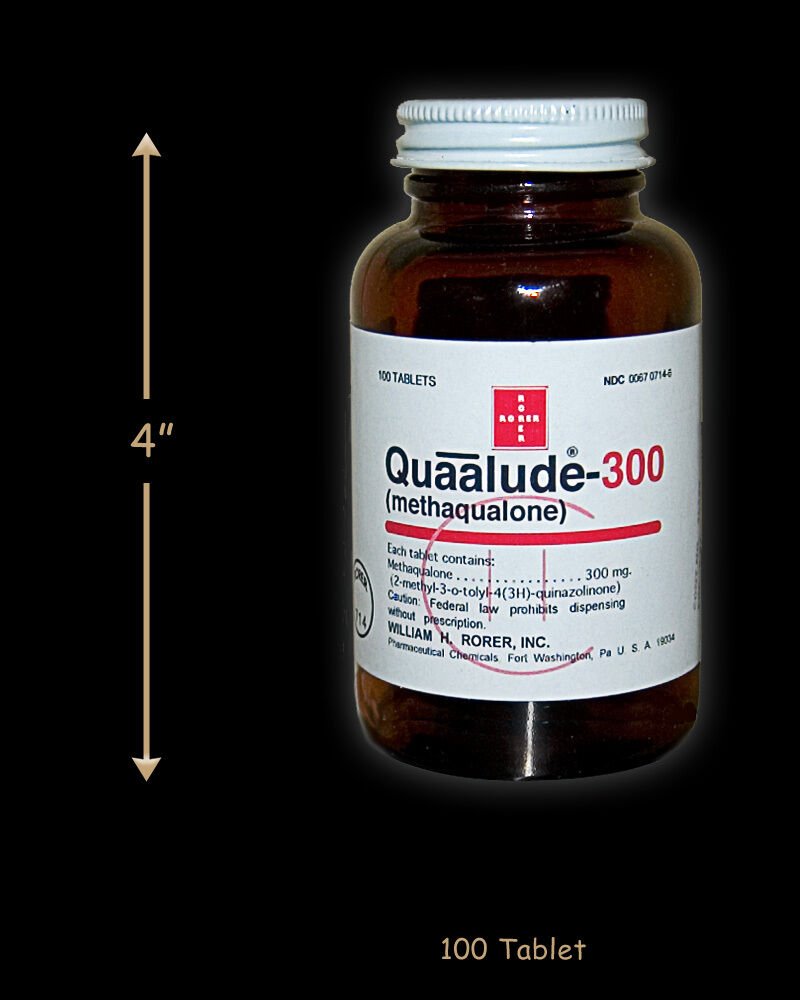From Pain Relief to Destruction: The Complex Effects of Crystal Meth Use in the USA**In a world where quick fixes often promise freedom from pain, few substances have woven themselves into the fabric of American life quite like crystal meth. What began as a prescription tool for addressing chronic ailments and boosting energy has spiraled into a devastating epidemic that grips communities across the nation. In this blog post, we delve deep into the paradoxical journey of crystal meth—from its initial allure as a pain reliever to its dark transformation into an agent of destruction. Join us as we explore not only the immediate effects on users but also the far-reaching consequences that ripple through families and neighborhoods, revealing a story that’s both cautionary and compelling. Buckle up; it’s time to uncover the complex reality behind one of America’s most notorious drugs!
Introduction to Crystal Meth: What is it and how is it used? BUY CRYSTAL METH ONLINE IN USA
Crystal meth, a powerful and highly addictive stimulant, has become synonymous with destruction across the United States. What starts as a quest for relief can spiral into chaos, leaving lives shattered in its wake. While some users seek it out for its stimulating effects or potential medical benefits, others fall prey to its dark allure and devastating consequences. This complex drug presents a duality that is hard to ignore—offering both temporary highs and long-term struggles. As we delve deeper into the world of crystal meth, we’ll explore not just how it’s used but also the profound impact it has on individuals and society at large. The journey through this topic reveals critical insights that everyone should be aware of related to this dangerous substance.
The Rise of Crystal Meth Use in the USA
Crystal meth has seen a troubling surge in use across the United States. Once associated primarily with specific communities, its reach has expanded dramatically over recent years.
Factors contributing to this rise include availability and affordability. Many users find it easier to access than other illicit drugs, leading to increased experimentation. BUY CRYSTAL METH ONLINE IN USA
Social media and online platforms have also played roles in this epidemic. They provide avenues for not only sharing information but also facilitating connections between suppliers and potential users.
Moreover, the drug’s powerful effects can create a false sense of invincibility among new users. This allure often overshadows its dangerous consequences until it’s too late.
The demographic landscape of crystal meth use is shifting as well. More individuals from varied backgrounds are becoming impacted by its grip, emphasizing that addiction knows no boundaries or stereotypes.
Positive Effects of Crystal Meth Use:
Crystal meth, while notorious for its dangers, does have some positive effects that occasionally draw individuals to its use. For those suffering from chronic pain conditions, it may provide temporary relief. The intense euphoria can mask discomfort and enhance overall well-being.
Another appealing aspect is the boost in energy and focus users often report. Many find themselves able to tackle tasks with heightened concentration and motivation. This surge can be particularly attractive in our fast-paced society.
Weight loss is another reason some might turn towards crystal meth. Its appetite-suppressing qualities can lead to rapid weight reduction, which appeals to those struggling with obesity or body image issues.
Additionally, certain medical professionals prescribe amphetamines like methamphetamine for ADHD and narcolepsy treatment due to their efficacy in increasing attention spans and reducing excessive sleepiness. These uses hint at the complex nature of this substance beyond its destructive capabilities.
– Pain Relief for Chronic Conditions
Crystal meth’s use in some medical circles has been linked to pain management for chronic conditions. Patients suffering from debilitating ailments often seek relief that traditional medications fail to provide.
The intense stimulation of the central nervous system can sometimes mask severe pain, allowing individuals a reprieve they desperately need. In certain cases, this leads to increased mobility and an improved quality of life.
Doctors occasionally prescribe methamphetamine for patients with conditions like fibromyalgia or neuropathic pain when conventional treatments fall short. However, the potential benefits are overshadowed by risks.
This juxtaposition makes crystal meth a double-edged sword in therapeutic contexts. The allure of immediate relief can trap users in cycles of dependency and addiction, complicating their journey toward health recovery further down the line.
– Increased Energy and Focus
Crystal meth can create a powerful surge of energy. Users often report feeling invincible, with the ability to tackle tasks they once found daunting. This heightened state can lead to long nights filled with productivity.
The drug stimulates the central nervous system, resulting in increased alertness and concentration. For some, this translates into sharp focus on work or hobbies. Everyday distractions fade away under its influence.
However, this burst of energy comes at a price. The initial euphoria is fleeting and leads users down a dangerous path. As tolerance builds, individuals may find themselves needing more to achieve that same level of focus.
In many cases, what starts as an aid for productivity spirals into dependency. The allure of enhanced performance quickly turns destructive as the body struggles to cope without the substance’s artificial boosts.
– Weight Loss
Crystal meth is often associated with rapid weight loss. Many users experience a drastic decrease in appetite, leading to significant caloric deficits. This effect can be alluring for those seeking quick results.
Some individuals turn to the substance as a means to shed pounds. The high energy levels that accompany its use may lead them to engage in extensive physical activity, further contributing to weight loss.
However, this initial allure masks the darker reality of crystal meth’s impact on health. While some might celebrate their slimmer figures, they overlook the severe consequences brewing beneath the surface. Prolonged use leads not only to dangerous addiction but also serious bodily harm.
Many who seek weight loss through such extreme measures find themselves trapped in a cycle of dependency and deteriorating well-being. The pursuit of an ideal body image can quickly spiral into chaos when driven by substances like crystal meth.
– Treatment for ADHD and Narcolepsy
Crystal meth has been noted for its potential use in treating conditions like ADHD and narcolepsy. The stimulant properties can enhance focus and alertness, making it an appealing option for some individuals struggling with these disorders.
For those with ADHD, crystal meth may temporarily improve attention spans. It can help in managing impulsivity and hyperactivity, often leading to better performance in school or work environments.
Similarly, people suffering from narcolepsy may find relief as the drug promotes wakefulness. This effect helps combat excessive daytime sleepiness that is characteristic of the condition. BUY CRYSTAL METH ONLINE IN USA
While these benefits are significant, they come at a high cost. The risks associated with misuse far outweigh any short-term gains in symptom management. Understanding this dual nature is crucial when discussing treatment options for such complex issues.
Negative Effects of Crystal Meth Use:
Crystal meth is notorious for its devastating consequences. Addiction and dependency often sneak up on users, leaving them trapped in a relentless cycle of craving and withdrawal.
Physically, the toll can be severe. Users frequently develop dental issues known as “meth mouth,” characterized by rotting teeth and gum disease. Skin sores are another common sight, often resulting from compulsive picking or poor hygiene.
Heart problems are also prevalent among long-term users. Increased heart rate and blood pressure can lead to serious cardiovascular complications.
Beyond physical health, crystal meth wreaks havoc on mental well-being. Paranoia and psychosis create a distorted reality that isolates individuals from loved ones. Anxiety lingers like a shadow, while depression takes root in the aftermath of highs that inevitably crash down.
These effects ripple through families and communities, amplifying struggles far beyond the individual user’s experience. BUY CRYSTAL METH ONLINE IN USA
– Addiction and Dependency
Addiction to crystal meth is a serious and complex issue. It can grip individuals quickly, transforming casual use into an overwhelming dependency. The high from the drug creates a powerful allure that keeps users coming back for more.
Once addiction takes hold, it often leads to compulsive behavior. Users may prioritize obtaining the drug over relationships, work, and even basic needs like food or shelter.
The brain undergoes significant changes during this process. Reward pathways become wired to seek out crystal meth, making it challenging to find pleasure in everyday activities without the substance.
Withdrawal symptoms can be incredibly harsh as well. Anxiety, fatigue, and intense cravings set in when trying to stop using the drug. This cycle of use and withdrawal makes recovery difficult for many individuals trapped in its grasp.
Support systems are crucial but require understanding and patience given the nature of addiction’s grip on one’s life.
– Physical Health Complications
Crystal meth use can lead to severe physical health complications that often escalate quickly. One of the most alarming issues is cardiovascular strain. Users frequently experience increased heart rates and blood pressure, heightening the risk of heart attacks or strokes.
Respiratory problems are also common. Smoking crystal meth can damage lung tissue, making users susceptible to chronic bronchitis and infections. The drug’s impact on the immune system leaves individuals vulnerable to various illnesses.
Weight loss is another complication that many face due to decreased appetite. This rapid decline in body mass weakens muscles and organs over time, leading to long-term health issues.
Moreover, prolonged use wreaks havoc on the skin. Users may develop sores or lesions from scratching—often exacerbated by paranoia or hallucinations associated with meth consumption. These physical manifestations tell a troubling story about the drug’s destructive nature.
– Dental Issues
Dental issues associated with crystal meth use are notorious and alarming. Users often experience severe tooth decay, a condition commonly referred to as “meth mouth.” This phenomenon goes beyond regular cavities.
The drug’s acidic nature erodes enamel, leaving teeth vulnerable to decay. Poor oral hygiene habits among users exacerbate the problem. Many neglect basic dental care due to the drug’s grip on their lives.
Additionally, dry mouth is another consequence of crystal meth use. The lack of saliva creates an environment where bacteria thrive, further increasing the risk of infections and gum disease.
As teeth deteriorate, users may feel embarrassed about their appearance. This can lead to social withdrawal and isolation, creating a vicious cycle that continues to harm both mental and physical health.
Maintaining dental health becomes nearly impossible without intervention or support during active addiction periods. BUY CRYSTAL METH ONLINE IN USA
– Skin Sores
Crystal meth use often leads to severe skin issues that can be alarming. Users frequently develop sores, which can appear anywhere on the body. These lesions are not just minor irritations; they can become deep and infected.
The primary reason for these skin problems is related to the drug’s stimulant nature. Methamphetamine increases energy levels but also leads to obsessive behaviors like picking at one’s own skin. This compulsive scratching or picking creates wounds that may worsen over time.
Additionally, meth users often experience a reduced sensation of pain, making them less aware of injuries. As a result, untreated sores can fester into significant health concerns requiring medical attention.
Poor hygiene practices commonly associated with addiction further exacerbate these issues. Infected sores become breeding grounds for bacteria and increase the risk of systemic infections, leading to even greater health complications down the line.
– Heart Problems
Crystal meth is notorious for its severe impact on cardiovascular health. Users often experience increased heart rate and elevated blood pressure, which can quickly lead to serious complications.
The stimulant properties of crystal meth force the heart to work harder than normal. This heightened activity puts immense strain on the body’s systems. Over time, this can result in chronic conditions like cardiomyopathy or even heart attacks.
Moreover, long-term use may cause arrhythmias—irregular heartbeat patterns that can be life-threatening. The risk escalates with higher doses or more frequent usage.
Individuals using crystal meth frequently report chest pains and shortness of breath. These symptoms are red flags that should never be ignored. Early intervention could mean the difference between recovery and irreversible damage to one’s heart health.
– Brain Damage
Crystal meth has a notorious reputation for its severe impacts on brain health. Prolonged use can lead to irreversible changes in brain structure and function.
Studies suggest that the drug affects neurotransmitter systems, particularly dopamine. This disruption may impact mood regulation, motivation, and reward processing.
Users often experience cognitive deficits such as memory loss and impaired decision-making abilities. These issues stem from damage to areas responsible for higher-order thinking. BUY CRYSTAL METH ONLINE IN USA
Moreover, research indicates that individuals who abuse crystal meth might suffer from reduced emotional responses. This alteration can significantly affect interpersonal relationships and social interactions.
As dependence grows, so does the risk of developing serious mental health disorders. Anxiety and depression are common among users struggling with this addiction, leading to a vicious cycle of substance misuse.
– Mental Health Impacts
Crystal meth profoundly impacts mental health. Users often experience heightened anxiety and intense mood swings. These fluctuations can spiral into severe emotional distress.
Psychosis is another alarming consequence. Hallucinations and delusions are not uncommon, leading individuals to lose touch with reality. The grip of paranoia can create an environment of fear and isolation.
Long-term use may exacerbate pre-existing conditions or trigger new disorders like depression. Individuals might find themselves trapped in a cycle of substance abuse as they seek relief from their own thoughts.
Social relationships deteriorate, causing further loneliness. The stigma surrounding addiction fuels feelings of shame, making recovery even harder for those affected by this powerful stimulant.
– Paranoia
Paranoia is a common psychological effect of crystal meth use. Users often experience intense feelings of suspicion and fear. This can lead to distorted perceptions of reality.
Individuals may believe they are being watched or conspired against, even in safe environments. These thoughts can become overwhelming, making it difficult to trust friends or family.
As paranoia deepens, social relationships deteriorate. Users withdraw from loved ones and isolate themselves due to their heightened anxiety. This isolation further fuels the delusions.
The mental toll can be catastrophic, leading to aggressive behavior or erratic actions based on imagined threats. In extreme cases, this paranoia may result in harm—either self-inflicted or towards others.
Understanding this side effect is crucial for those affected by crystal meth addiction; recognition could open the door to necessary help and recovery options.
– Psychosis
Psychosis is one of the more severe psychological side effects associated with crystal meth use. Users often experience a disconnection from reality, leading to hallucinations and delusions. This altered state can be terrifying for both the user and their loved ones.
During episodes of psychosis, individuals may hear voices or see things that aren’t there. These experiences can trigger intense fear or paranoia, making them feel threatened even in safe environments.
The unpredictability of these episodes adds another layer of danger. It’s not uncommon for those under the influence to act out violently or become paranoid about others’ intentions. Relationships suffer greatly as trust erodes amid irrational fears.
Recovery from such psychotic symptoms often requires professional intervention and support systems that address both mental health needs and substance abuse treatment strategies.
– Anxiety and Depression
Anxiety and depression are two of the most concerning mental health issues linked to crystal meth use. The drug can initially create a euphoric high, but this quickly fades, often leading users into a dark spiral.
As the substance wears off, feelings of anxiety can intensify. Users may experience overwhelming fear or restlessness. This heightened state creates an ongoing cycle: dependency fuels anxiety, which in turn drives further use.
Depression also commonly follows heavy use. Once the thrill dissipates, many face harsh emotional lows. It’s not just sadness; it’s a profound emptiness that can feel insurmountable.
These mental health challenges are compounded by isolation as relationships deteriorate. Friends and family often find it difficult to understand what their loved ones are going through, leading to further withdrawal from social interactions.
The Impact of Crystal Meth on Families, Communities, and Society as a Whole
Crystal meth casts a long shadow beyond the individual user. Families often bear the brunt of its destructive grip, witnessing loved ones change drastically. Once vibrant relationships can become strained or severed altogether.
Children in these households face instability and emotional turmoil. They may struggle with neglect or abuse, leading to lasting trauma. The cycle of addiction can perpetuate itself across generations.
Communities aren’t spared either; they experience heightened crime rates and increased healthcare costs associated with treating addiction-related issues. Local businesses may suffer due to safety concerns and declining customer foot traffic.
Society grapples with larger implications as well. Resources that could support education or public health are diverted to combatting this epidemic, highlighting an urgent need for effective intervention strategies.
The relentless nature of crystal meth use creates rippling effects that touch every corner of life, leaving scars that extend far beyond personal struggles.
Efforts / BUY CRYSTAL METH ONLINE IN USA
Efforts to combat the pervasive issue of crystal meth use in the USA are multifaceted and ongoing. Various organizations, governments, and communities have started initiatives aimed at prevention, education, and treatment.
Awareness campaigns highlight the dangers associated with crystal meth. They target vulnerable populations, educating them about the risks involved in its use. Schools often implement programs that discuss substance abuse openly and help students make informed decisions.
Treatment facilities now offer specialized programs for those struggling with addiction. These centers provide a range of services from detoxification to long-term rehabilitation. Support groups allow individuals to share their experiences while fostering a sense of community.
Law enforcement has also ramped up efforts to restrict supply chains connected to this dangerous drug. By cracking down on illegal distribution networks, authorities aim not only to reduce availability but also deter potential users by showcasing the severe consequences faced by traffickers.
The collaborative nature of these efforts shows promise in addressing both individual health concerns and broader societal impacts related to crystal meth use. As more resources become available for prevention and recovery, there is hope for lasting change that can break the cycle of addiction affecting so many lives across America.

